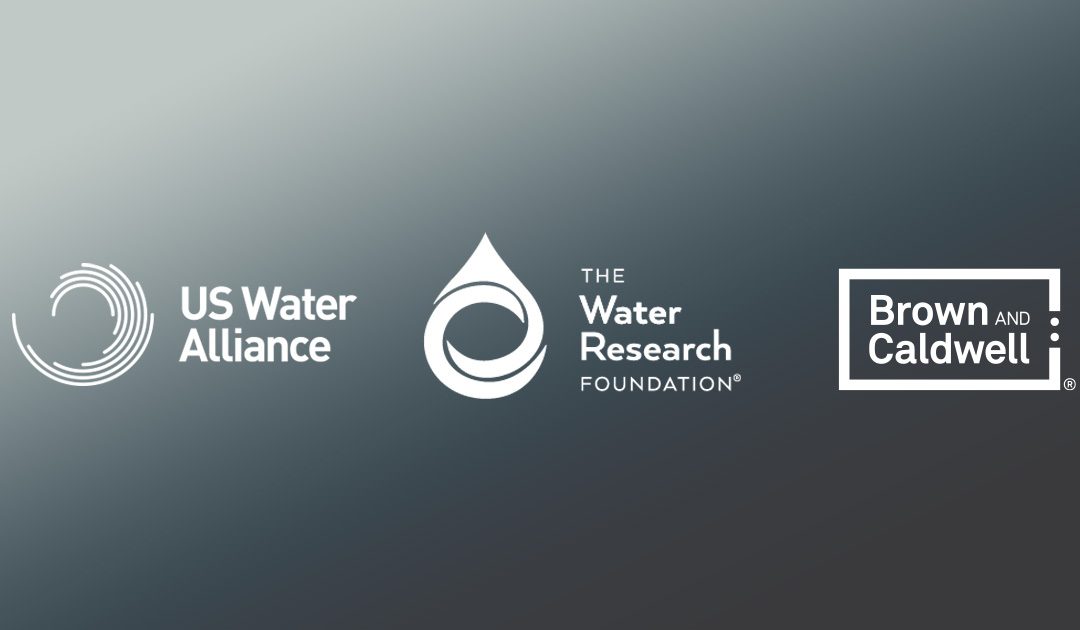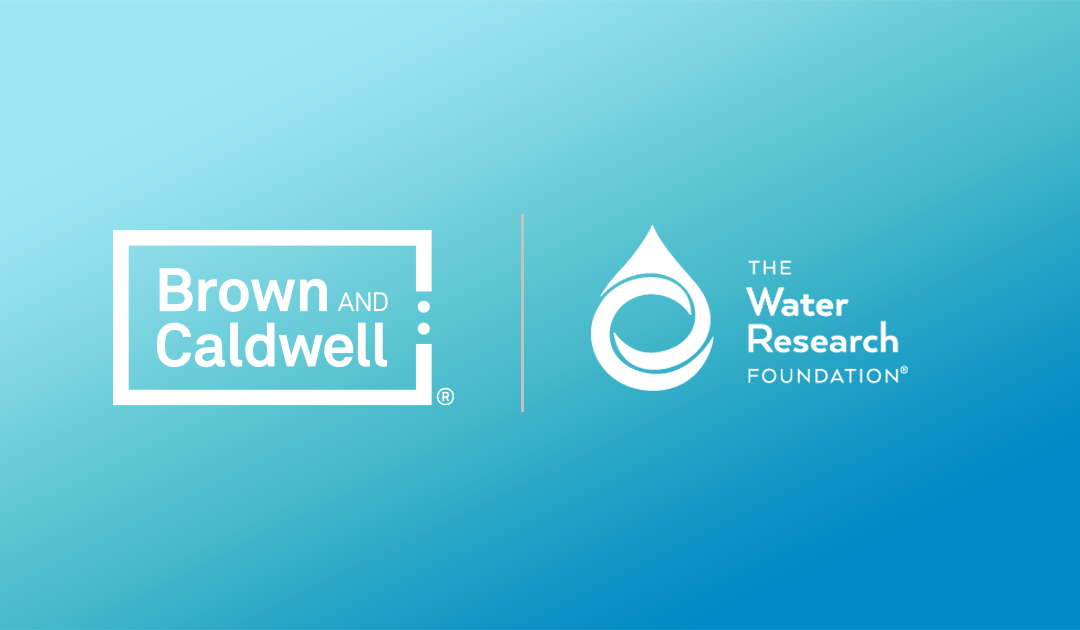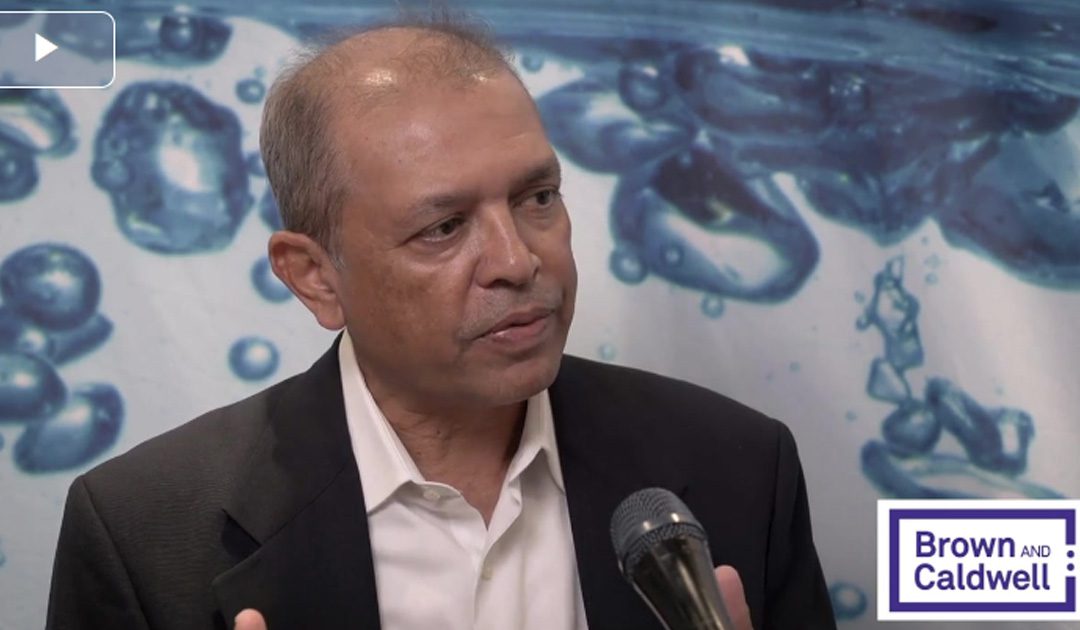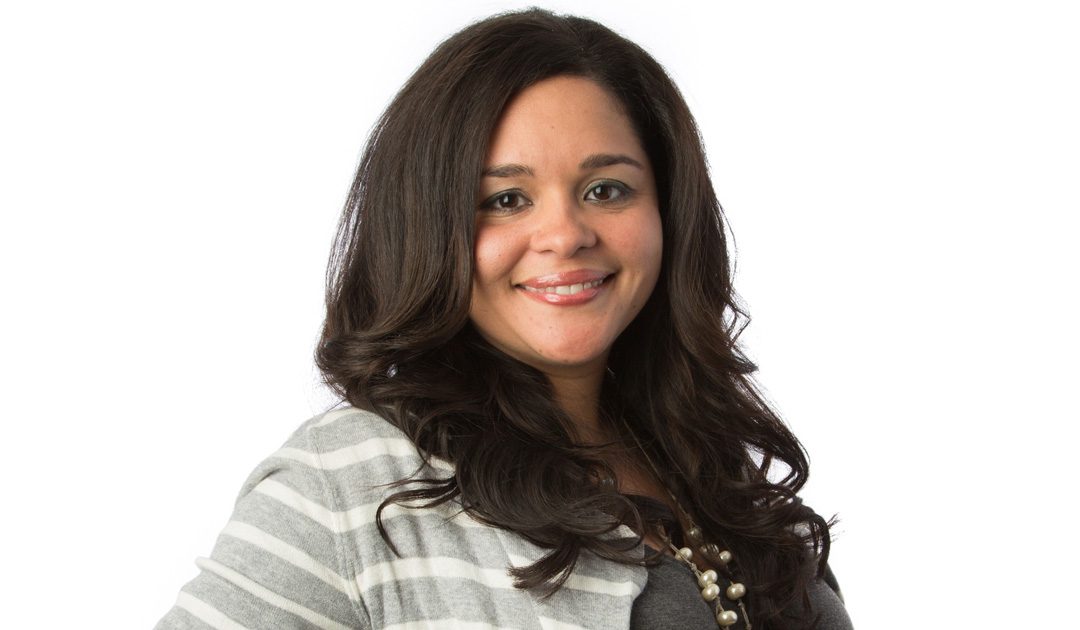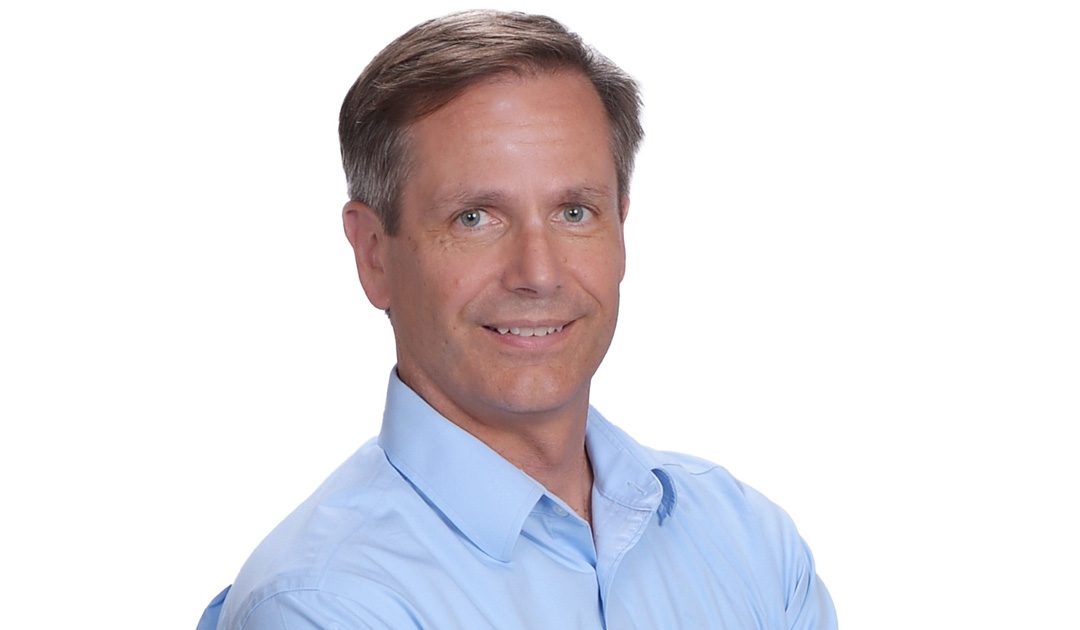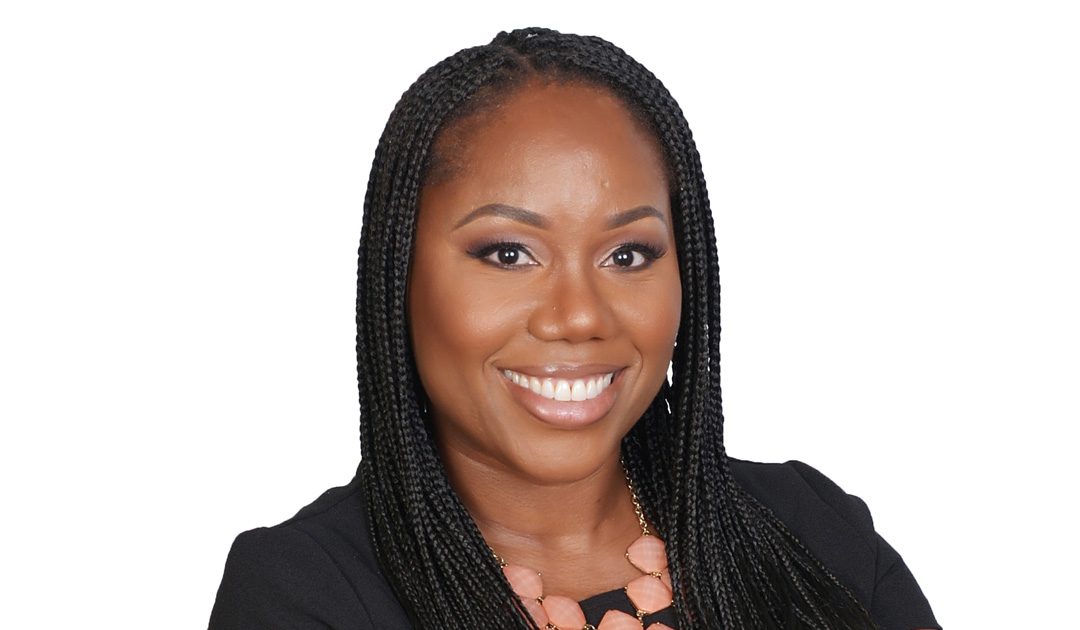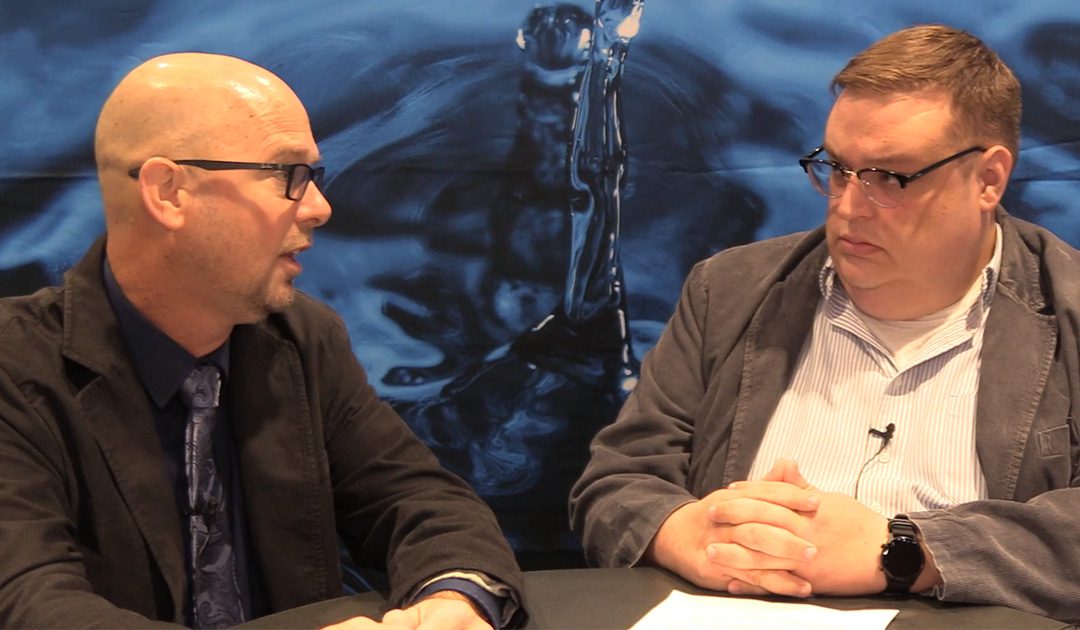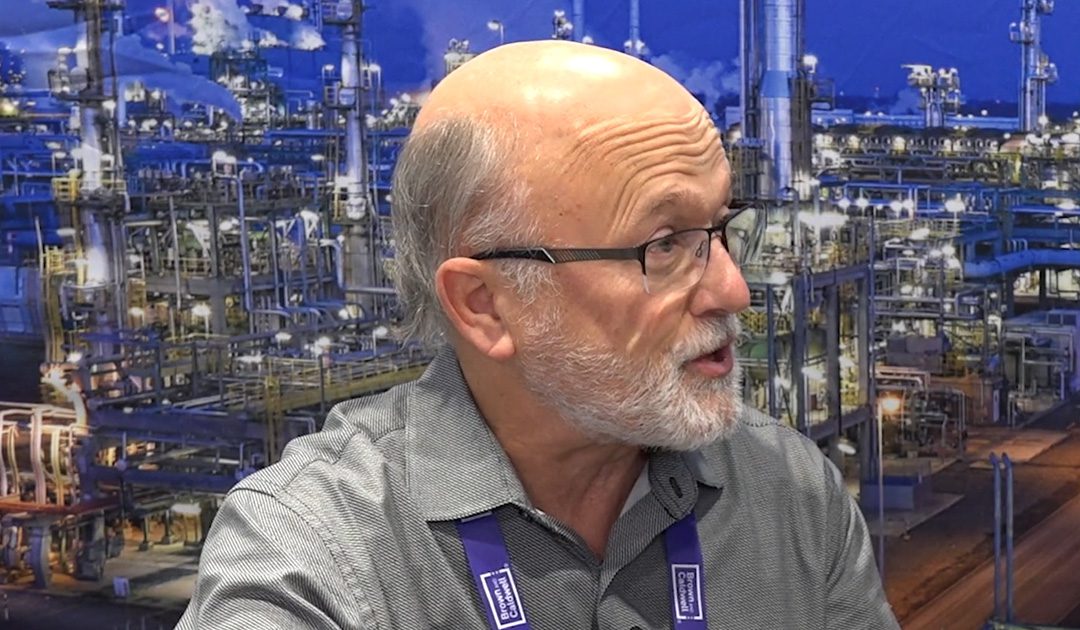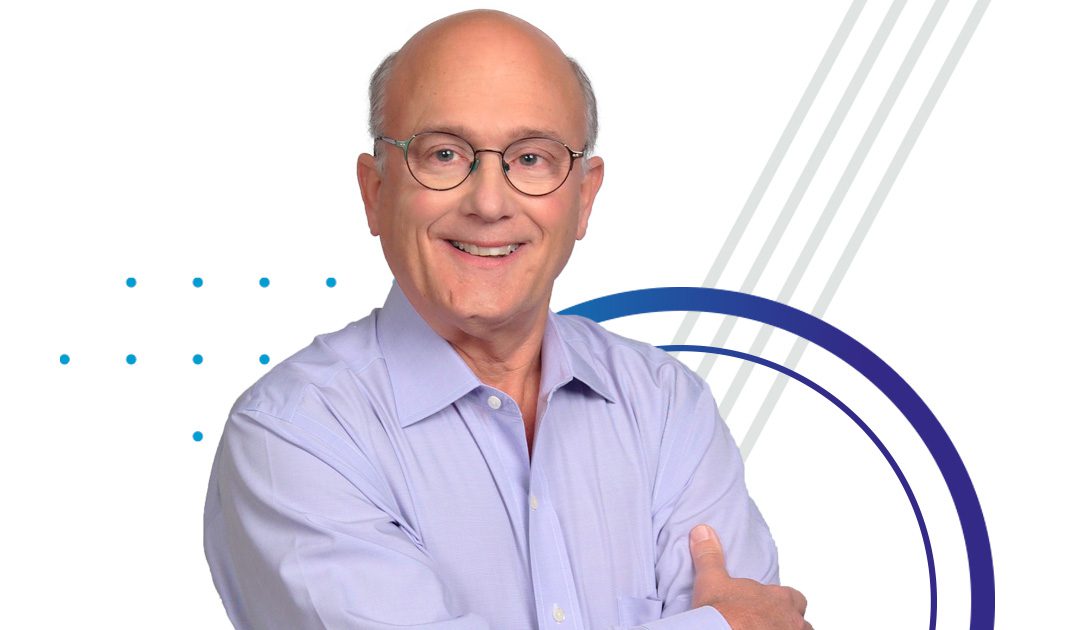ATLANTA – The City of Atlanta Department of Watershed Management (DWM) has reached a significant milestone to deliver on a decade-long effort to remedy combined sewer overflows and localized flooding in southeast Atlanta. In an effort to meet the requirements of an EPA-issued Consent Decree, DWM has contracted a multidisciplinary team to design and construct solutions that help control surface water, detain stormwater flows to the combined sewer system, and provide temporary underground storage to protect public health and property.
Anticipated to begin the design phase in early 2024, the Custer Avenue Multi-Benefit Capacity Relief Project is the linchpin of sewer infrastructure improvements for the broader southeast Atlanta neighborhoods in the Custer Avenue sub-basin of the larger Intrenchment Creek Basin. According to DWM Commissioner Mikita K. Browning, this project leverages partnerships to protect, restore, and enhance our watersheds.
“This critical flooding infrastructure project aligns with our mission to provide our customers with sustainable stormwater management, integrated planning, and mitigation of the adverse impacts of flooding,” Browning said.
A joint venture of Ruby-Collins, Inc. and BenchMark Management, supported by engineer of record Brown and Caldwell, will design and build a large underground “capture and release” structure to temporarily store combined sewer overflows during wet weather events. The underground structure will gradually release overflows back to the collection system for treatment when capacity is available. New facilities include a large capacity storage vault, storm drain infrastructure, and added greenspace. The capture and release infrastructure will be housed underground at a new public open space with recreational amenities in the Peoplestown neighborhood, a low-lying area where some homes have historically been impacted by stormwater.
“We are proud to have been selected by the City of Atlanta for the Custer Avenue Multi-Benefit Capacity Relief Project,” said BenchMark President Eskender Abebe. “This project will add to the City’s long-term sustainability and resiliency plan. We look forward to working with our partners Ruby-Collins and Brown and Caldwell to deliver a first-class project to the City of Atlanta and its residents.”
The greenspace will collect and temporarily store two million gallons of surface water runoff with release to the storage vault during wet weather events. During dry weather, the greenspace will serve as a park amenity that will be designed with input from impacted residents in partnership with City officials.
Community outreach and involvement from residents and stakeholders to gain support and address questions relating to construction activities is a key component to this project. The outreach efforts have resulted in community support for this project.
“We applaud the Department of Watershed Management’s community-centered approach to alleviating sewer overflows and localized flooding,” said Brown and Caldwell Project Executive Erin Williams. “As climate change is likely to increase the frequency and severity of storm events, this project will play a vital role in safeguarding the communities we serve.”
Ruby-Collins, Inc. (RC) is an employee-owned general contractor headquartered in Georgia that performs construction services for a wide variety of clients throughout the United States. RC has a principal location in Atlanta, Georgia and strategically placed regional offices on the southern coast of Georgia and the northern coast of South Carolina. Ruby-Collins has been a highly respected member of the construction industry for more than 50 years, completing over $2 billion in water and wastewater contracts, including the construction of water and wastewater treatment facilities, water, sewer, and stormwater pipelines, pump stations, pipe rehabilitation, tunnels, and other related heavy civil work. The company continues to be a top leader in the industry and has been named a top contractor in the Southeast by Engineering News Record (ENR) for eight years in a row.
BenchMark Management
BenchMark Management (BenchMark) is an award-winning engineering, construction management, and program management services firm, specializing in municipal water, wastewater, and stormwater projects. The firm is a certified Minority Business Enterprise/Female Business Enterprise (MBE/FBE) and a Disadvantaged Business Enterprise (DBE) with GDOT. Founded in 2003, BenchMark has grown from two full time employees to more than 45 employees and is confident in its ability to provide excellent service through the right people, the right expertise and trusted results.

